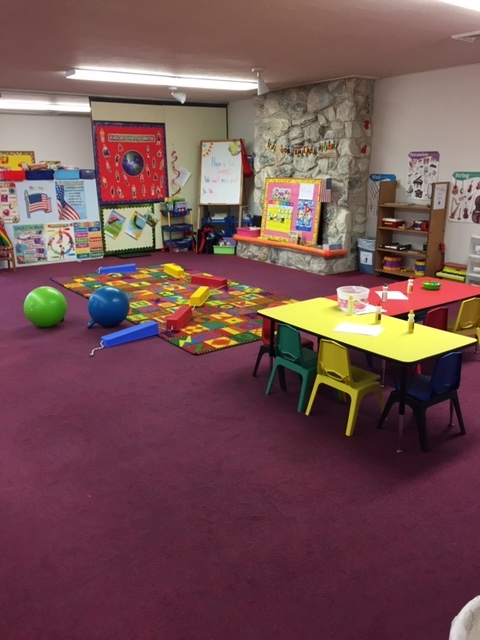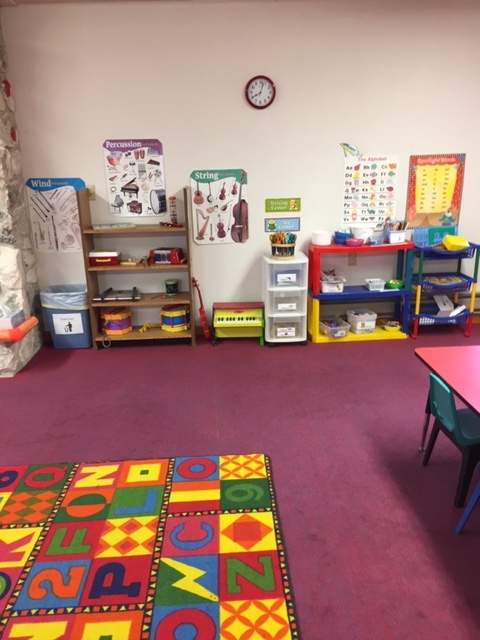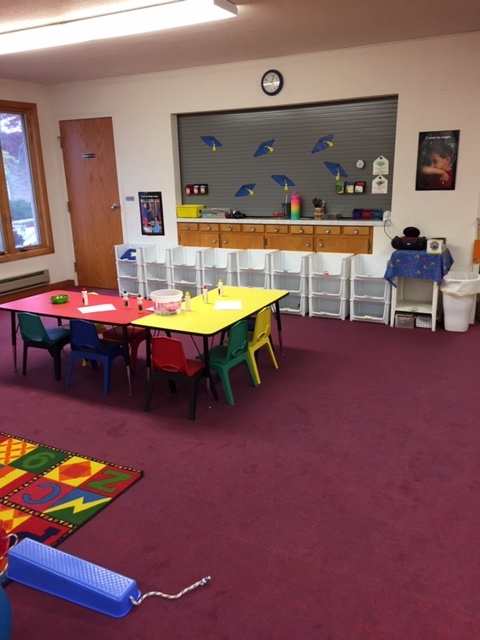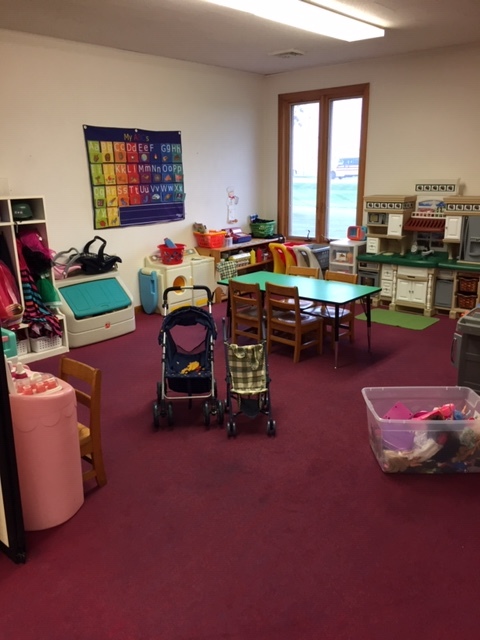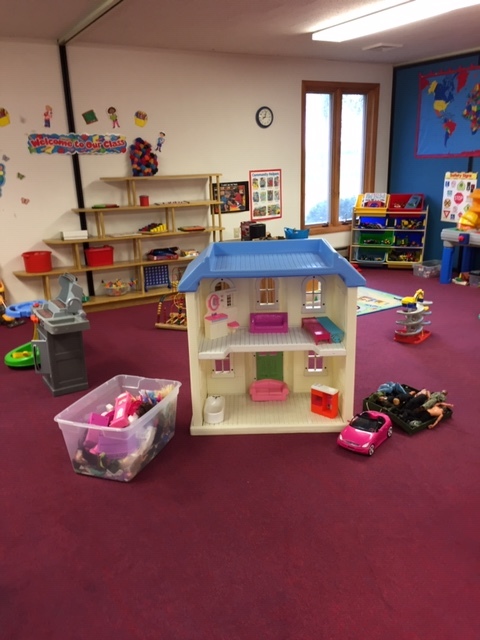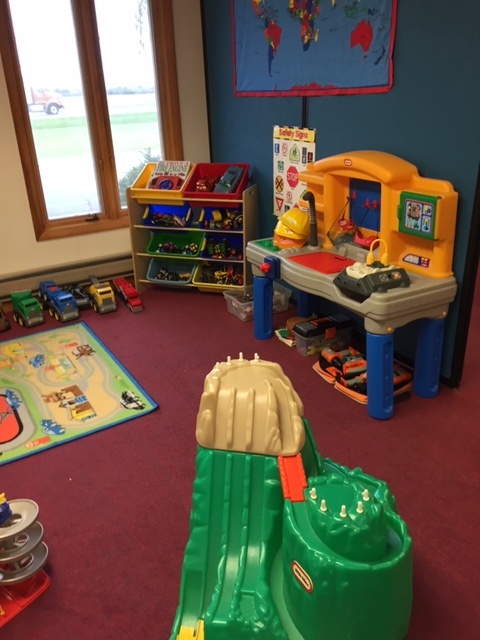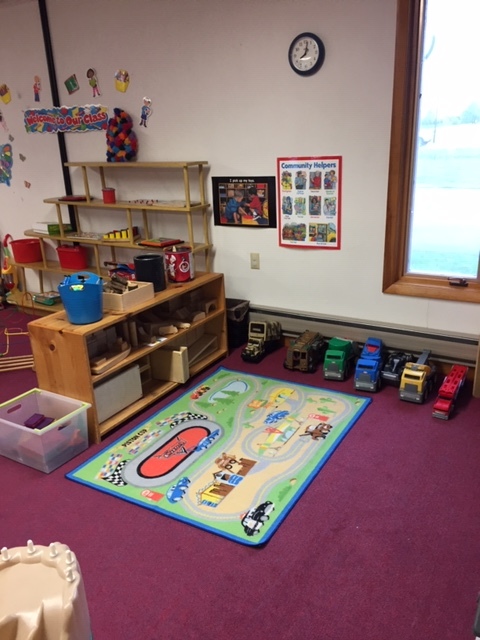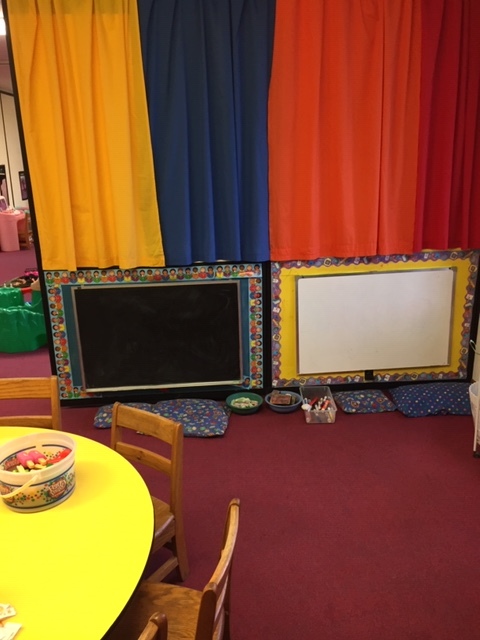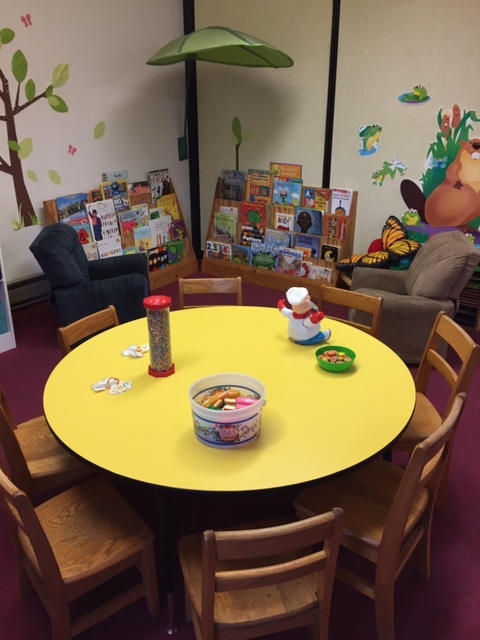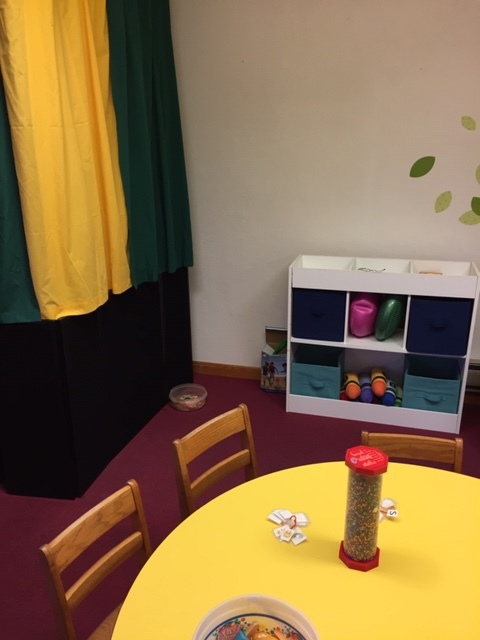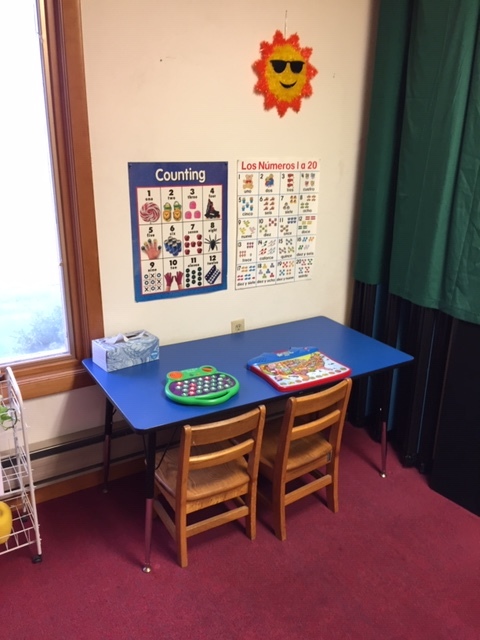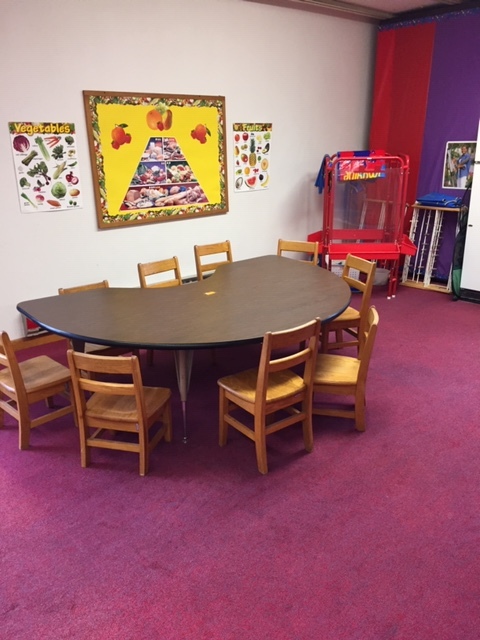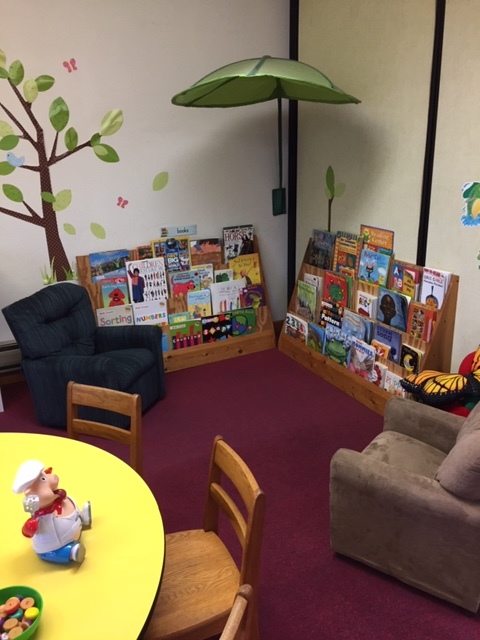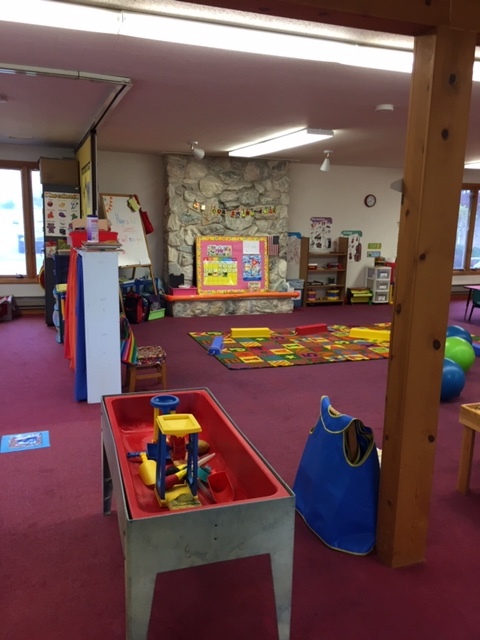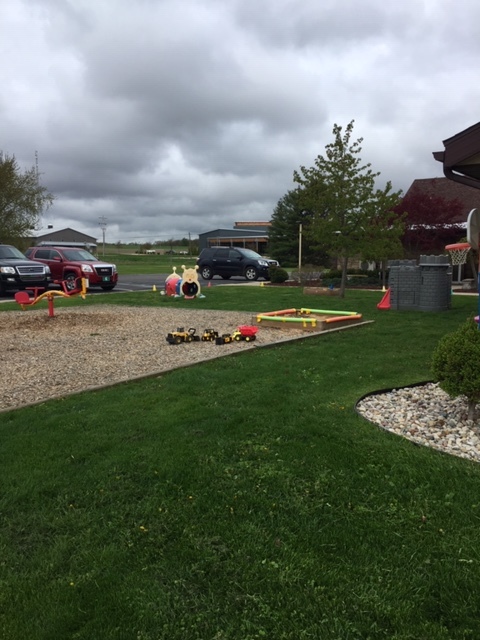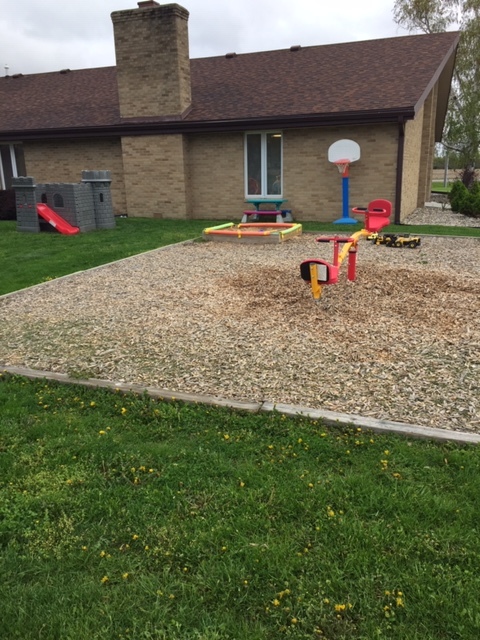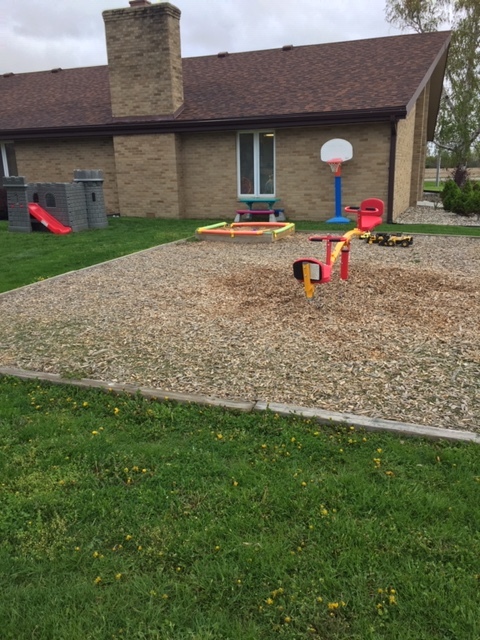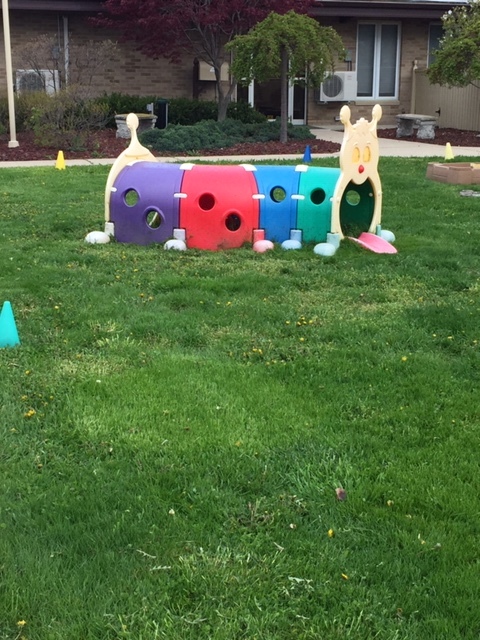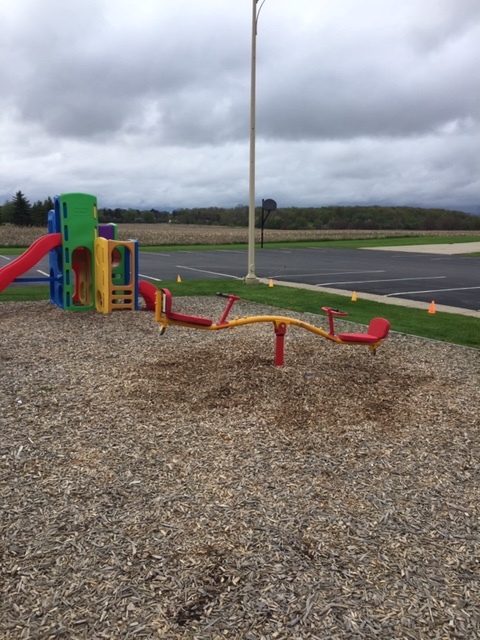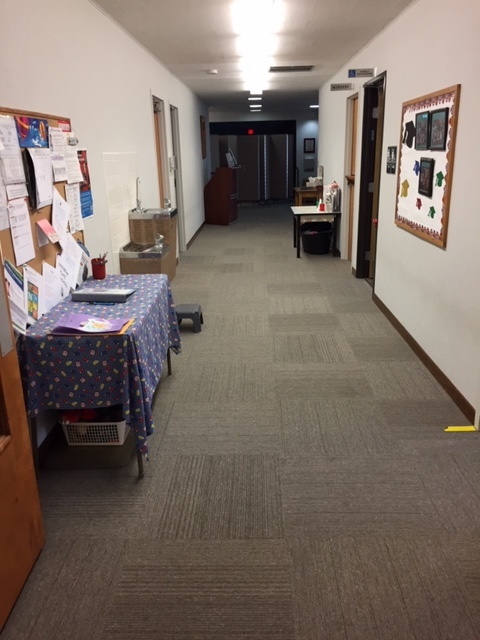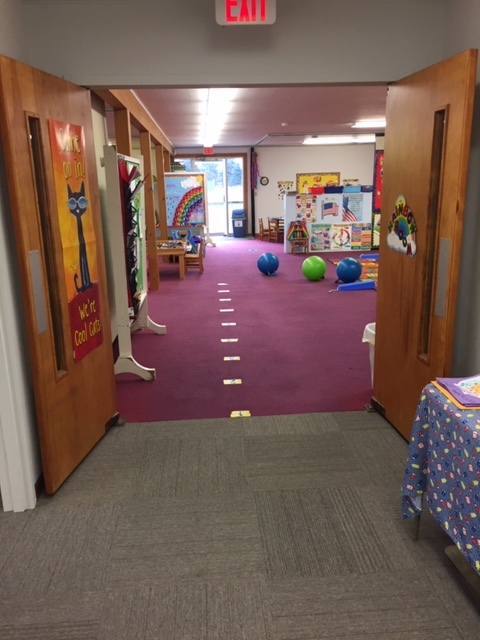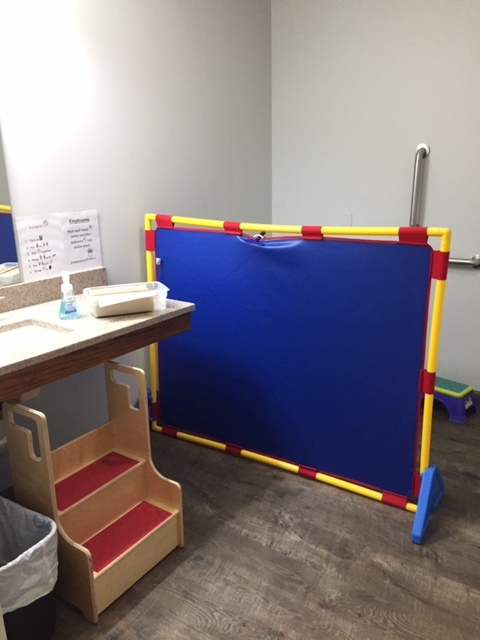
Ready to Start Preschool?
Studies have shown that a good foundation in preschool is crucial to the life-long success of a student. We seek to provide an atmosphere that will enhance your child’s social, emotional, cognitive, physical, and academic growth during these formative years.
Location
1063 S. Dewitt Road
St. Johns, Mi, 48879
Class Offerings
Open Monday-Thursday 2022-2023
4 1/2 Days a week
4 Full Days a week

How Children Learn in Preschool
How much do children learn in preschool?
More than you think.
Children are learning every minute of the day, they learn from the way:
we organize the classroom
from the daily schedule
from academic activities
outdoor exploration
By actively participate in learning
Through working at their own pace and learning style
When they communicate with peers
When they use real tools
In following their natural curiosity
Our Curriculum
Curriculum Overview
We offer a safe, healthy, learning environment that is licensed by the State of Michigan. Our curriculum exceeds the Michigan Department of Education preschool standards and grade level content expectations are implemented. Starting in 2019, we adopted the HighScope curriculum. In a HighScope preschool program, teachers ignite children’s interest in learning by creating an environment that encourages them to explore with learning materials and interact with adults and peers. We focus on supporting our early learners as they make decisions, build academic skills, develop socially and emotionally, and become part of a classroom community. Active learning is at the center of the HighScope curriculum. It is the foundation of young children gaining knowledge through their natural play and interactions with the environment, events, and other people.
Adult Child Interaction
Teachers act as partners, working alongside children and communicating with them both verbally and non-verbally to encourage learning. Key strategies for adult-child interactions are sharing control with children; communication as a partner with children; scaffolding children’s play; using encouragement instead of praise; and taking a problem solving approach to supporting children in resolving conflicts.
Learning Environment
To create a predictable and active learning environment, teachers arrange and equip the classroom with diverse, open-ended materials that reflect the children’s homes, culture, and language. The room is organized and labeled to promote independence and encourage children to carry out their intentions.
Daily Routine
A consistent Framework for the day provides a balanced variety of experiences and learning opportunities. Children engage in both individual and social play, participate in small and large group activities, and assist with cleanup, socialize during meals, develop self-care skills, and exercise their small and large muscles. The most important part of the daily routine is the plan-to-do review sequence in which students make decisions about what they will do, carry out their ideas, and reflect upon their activities with adults and other children. These higher-level thinking skills are linked to the development of executive functions, which are needed to be successful in school and life.

Our Classroom
The developmentally appropriate classroom.
Here’s what you will see when you visit
Materials are on low shelves, in containers, and on hooks so children can get them independently and put them way
Shelves are neat and organized so materials are easy to see, remove and replace
There are distinct interest areas - blocks, house/family, toy, art, books, sensory table, writing, music and movement, and different play spaces outdoors - so children know what choices are available and make decisions
A variety of learning materials are in each area so that no matter where children choose to play, they learn
Similar materials are grouped together to teach children to sort and classify - skills that are important to understanding and solving math problems
Photo Gallery
How we keep our students healthy
Teaching Proper Hygiene
There are simple steps we can all take to minimize the spread of illness. We teach our students the proper way to wash their hands and to use their elbow to cover coughs and sneezes. Our staff holds ourselves to the same standard we do the students and follow all proper hand washing procedures ourselves while encouraging our students to build these habits.
Cleaning and Sanitizing
We train our staff to use proper cleaning and sanitizing methods. We sanitize door handles daily and all equipment is sanitized daily/weekly depending on the item. We launder cloth items such as dress up clothes, pillows, and stuffed animals in hot water. The sanitizing solutions we use are all deemed safe for food and contact surfaces.
Having sick students stay home
Just as in our everyday workplaces, it is best for our students to stay home when they are ill. It gives the child time to rest and recover and it also prevents their peers from being exposed to the illness. We require all families to adhere to our extensive illness policy that gives a framework on when students may return to the classroom which is based on scientific understanding of when various conditions are no longer contagious.

